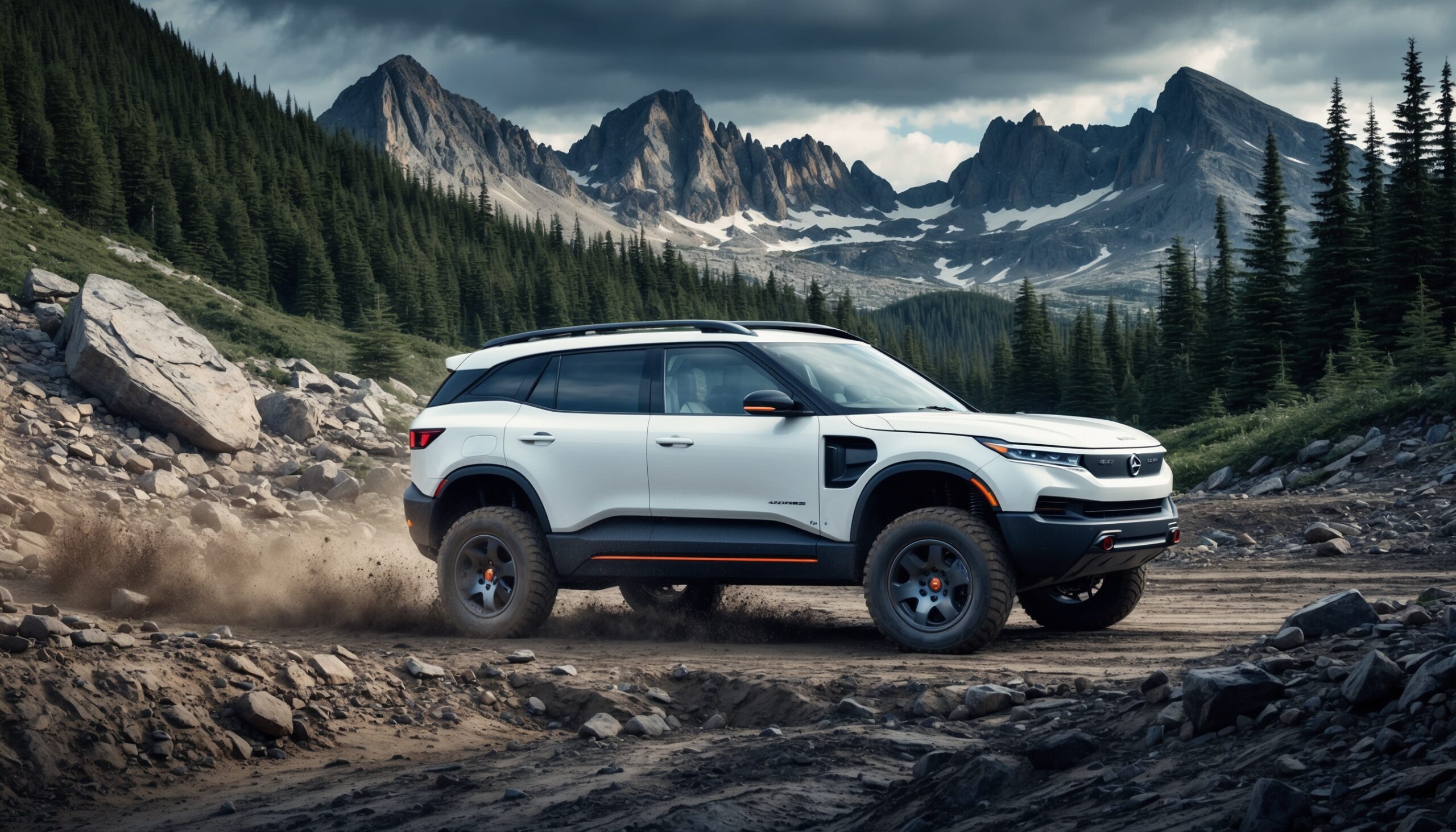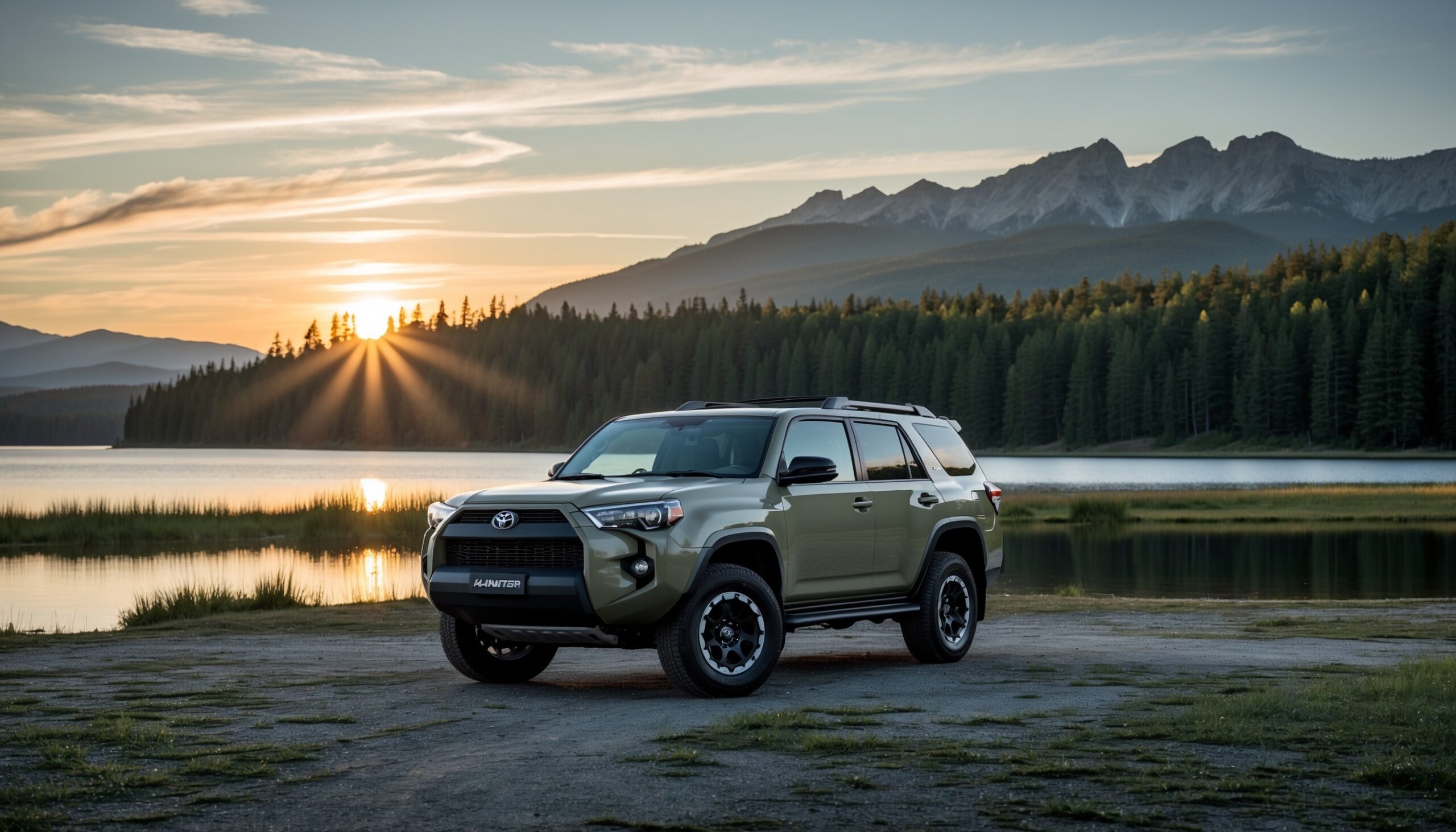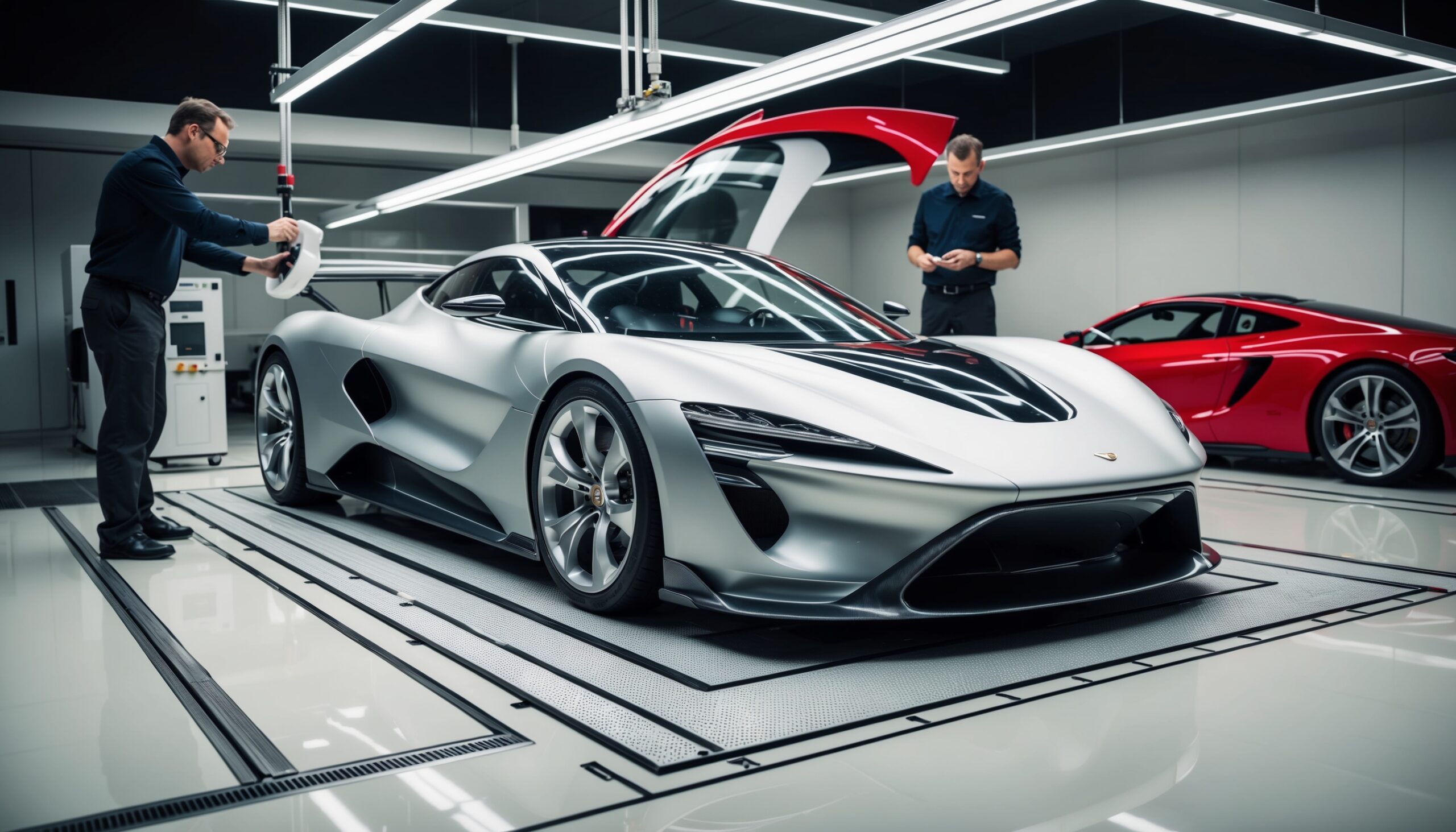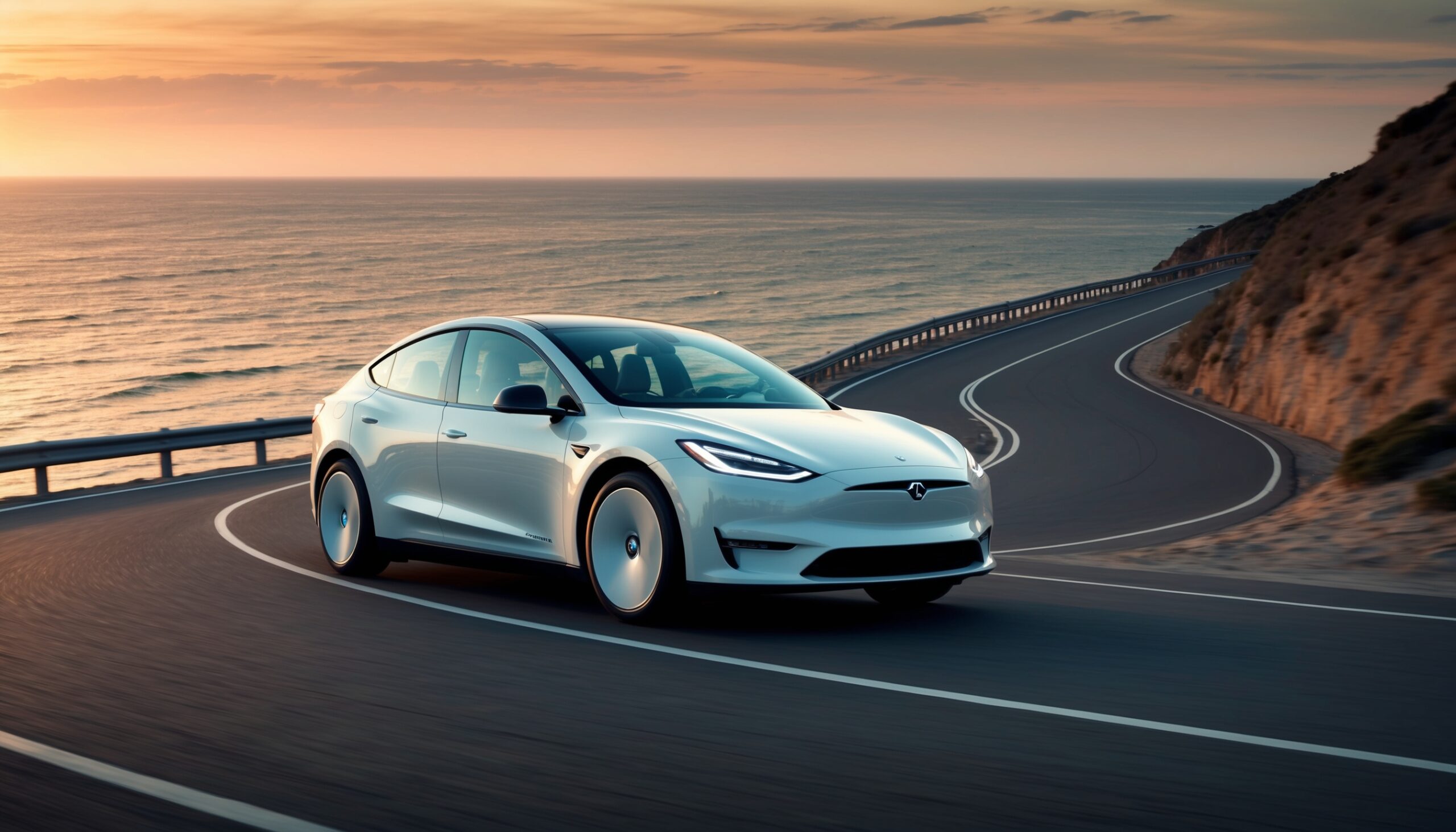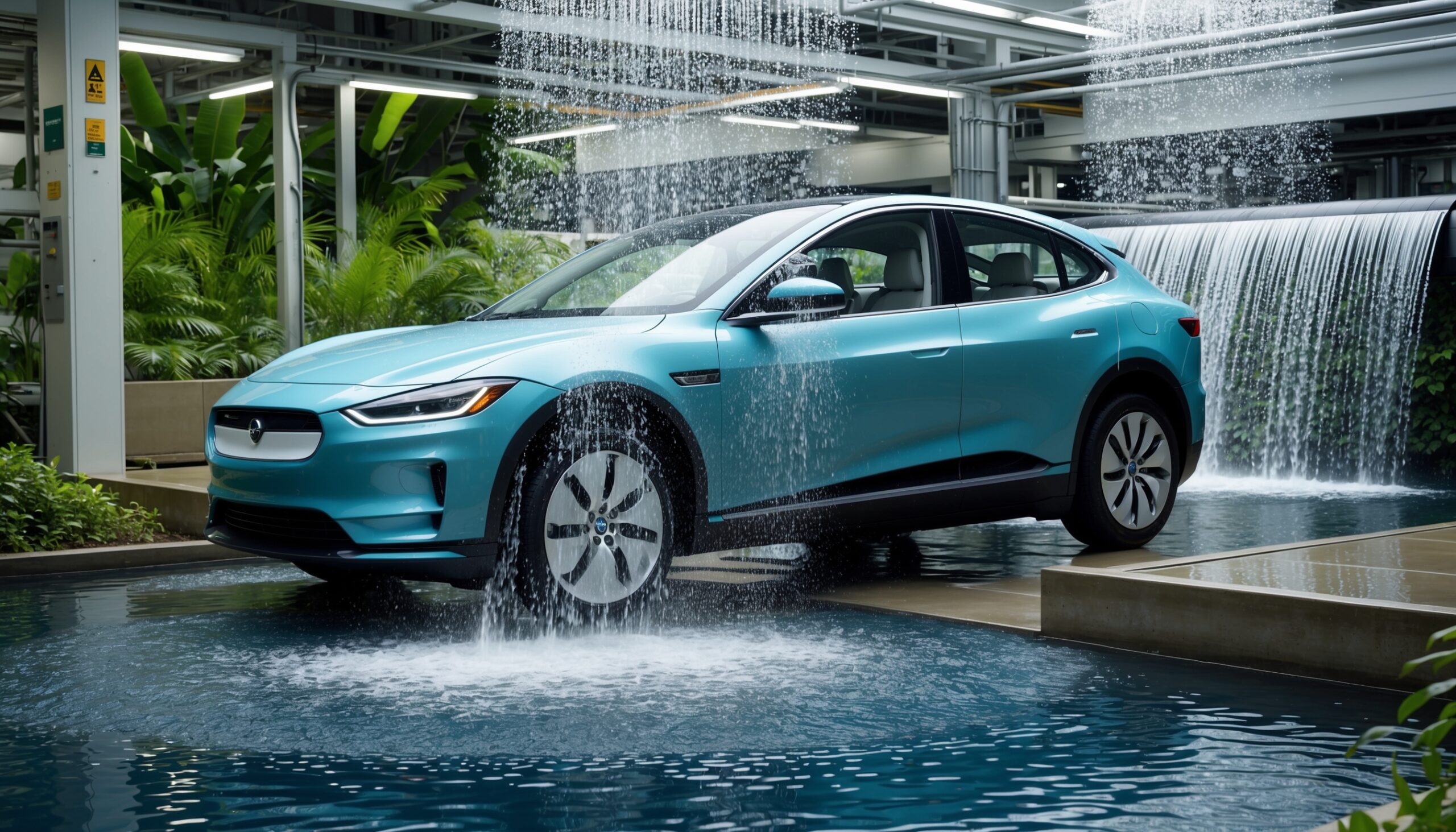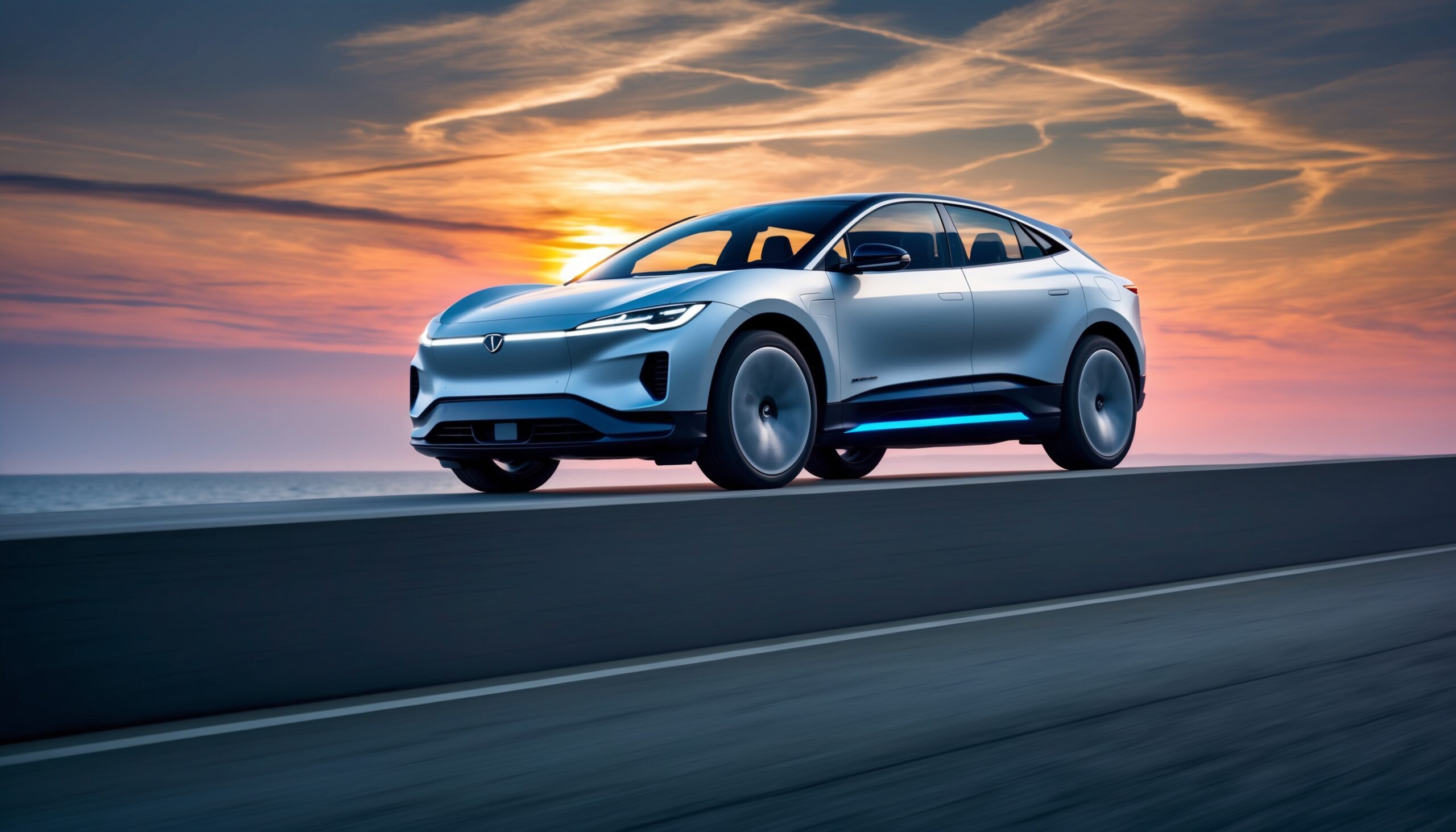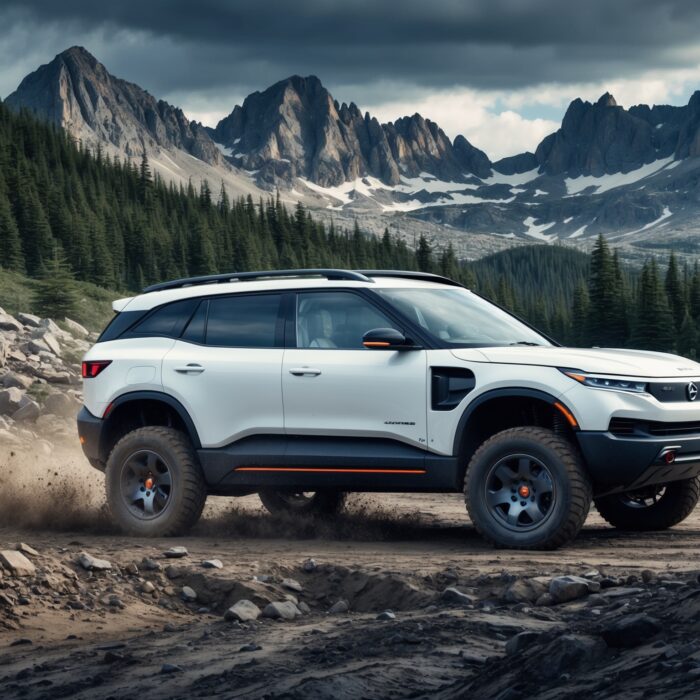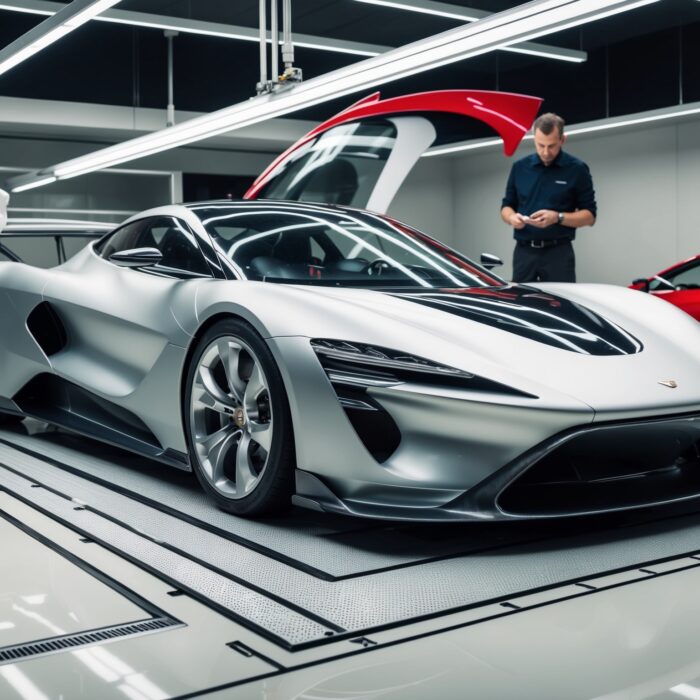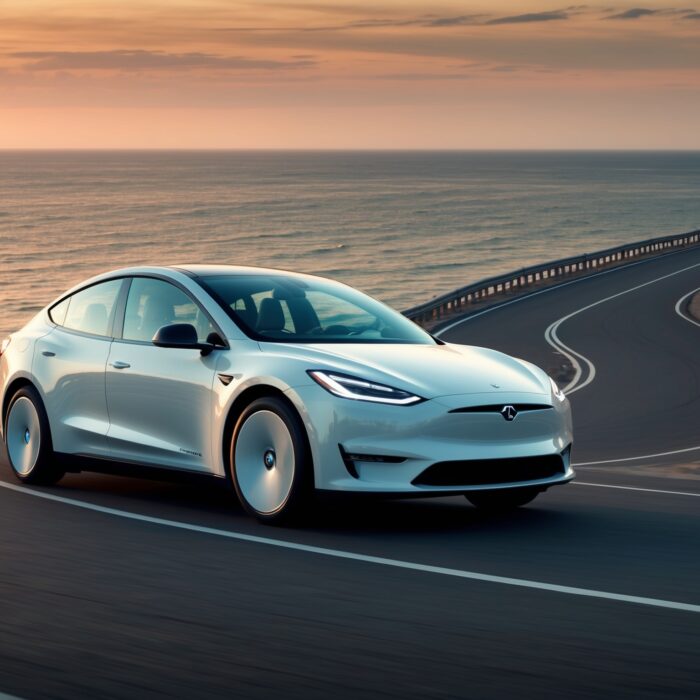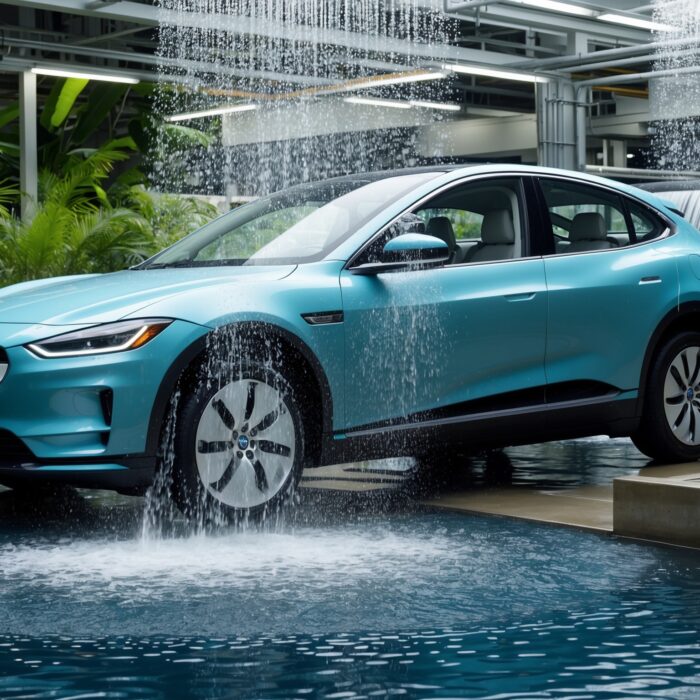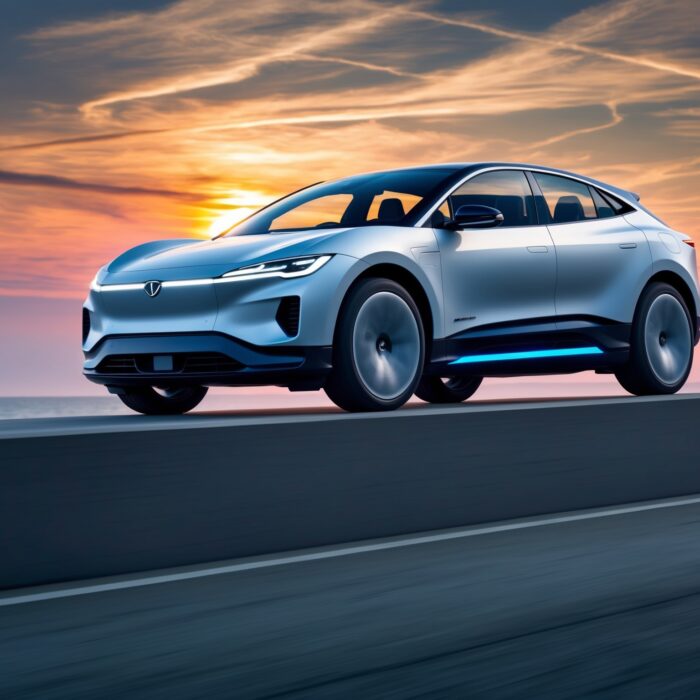How Automakers are Investing in eVTOL (Electric Vertical Take-Off and Landing)
The future of transportation is no longer just about faster cars or more efficient engines. With the advent of electric vertical take-off and landing (eVTOL) aircraft, a new era is dawning. Imagine cruising above traffic, your commute transformed into a scenic flight. This is not just the dream of sci-fi enthusiasts; it’s becoming a reality as automakers pivot towards urban air mobility. Here at Torque Feed, we’re diving into how major automotive players are investing in this fascinating technology.
Also Read: The Role of Hyperloop and High-Speed Transit in the Future of Transportation
The Rise of eVTOL: A Brief Overview
eVTOLs are designed to take off and land vertically, making them ideal for urban environments where space is at a premium. These aircraft can significantly reduce travel time, providing a solution to the growing congestion seen in cities worldwide. With advancements in battery technology and aerodynamics, the potential for eVTOLs is vast.
Why Automakers are Getting Involved
So, why should traditional automakers care about flying cars? The answer lies in diversification and innovation. The automotive industry is at a crossroads, facing challenges from ride-sharing, autonomous vehicles, and the shift towards electric mobility. eVTOL technology offers a new frontier for growth and expansion. Here are some reasons why automakers are investing in eVTOL:
- Urbanization: As cities grow, the need for alternative transportation methods becomes more critical.
- Technological Synergy: Many automotive technologies, such as electric drivetrains and advanced materials, are applicable to eVTOL design.
- New Revenue Streams: By entering the air mobility market, automakers can create new business opportunities beyond traditional vehicle sales.
- Brand Innovation: Being associated with cutting-edge technology boosts brand image and attracts tech-savvy consumers.
Major Players in the eVTOL Space
Several key automakers are making significant strides in the eVTOL industry. Let’s take a closer look at a few of them and their unique approaches:
1. Airbus
Airbus is not just a leader in commercial aviation; it’s also heavily invested in urban air mobility. The company developed the Vahana and CityAirbus prototypes, both designed to navigate urban landscapes efficiently. Airbus’s strategy leverages its extensive experience in aerospace engineering, ensuring that safety and reliability are paramount in their designs.
2. Boeing
Boeing has also entered the eVTOL race with its subsidiary, Aurora Flight Sciences. Their designs focus on autonomous flying capabilities, which could revolutionize transportation logistics in urban environments. Boeing’s expertise in avionics and flight systems is set to play a crucial role as they push the boundaries of urban air mobility.
3. General Motors
General Motors (GM) has shifted gears in recent years, expanding its vision beyond traditional vehicles. With the unveiling of the eVTOL concept known as the “eVTOL Air Taxi,” GM aims to create a seamless integration between ground and air travel. Their focus on electric propulsion aligns perfectly with the growing demand for sustainable transport solutions.
4. Audi and Volkswagen
The Volkswagen Group, which includes Audi, has shown interest in eVTOL through its partnership with the German startup, Volocopter. The aim is to develop urban air mobility solutions that can be integrated into existing transportation networks. Their collaborative approach combines automotive expertise with innovative aerial technology.
5. Hyundai
Hyundai has made headlines with its ambitious plans for urban air mobility. The company unveiled the S-A1 air taxi concept in collaboration with Uber Elevate. This partnership aims to create a holistic transportation ecosystem that not only focuses on aerial travel but also integrates ground transport seamlessly.
Also Read: The Role of Hyperloop and High-Speed Transit in the Future of Transportation
Challenges Facing eVTOL Development
While the future looks promising, there are several challenges that automakers and eVTOL manufacturers must overcome:
- Regulatory Hurdles: The aviation industry is heavily regulated, and eVTOLs must comply with stringent safety standards before they can take to the skies.
- Public Perception: Gaining the trust of the public is crucial. People need to feel safe about flying in urban environments.
- Infrastructure Development: eVTOLs require landing pads, charging stations, and designated flight paths, which necessitate significant investments in urban infrastructure.
- Technological Maturity: Ensuring battery life, reliability, and performance is essential for widespread adoption of eVTOLs.
The Technology Behind eVTOL
Understanding the technology that powers eVTOLs can be a thrilling ride for car enthusiasts. Let’s break down some of the key components:
1. Electric Propulsion
At the heart of eVTOL technology lies electric propulsion. These aircraft utilize electric motors powered by batteries, which are more efficient and environmentally friendly than traditional combustion engines. This shift not only reduces emissions but also lowers operating costs.
2. Advanced Aerodynamics
To achieve vertical take-off and landing, eVTOLs often employ a combination of rotorcraft and fixed-wing designs. This hybrid approach allows them to lift off vertically and transition to forward flight. Engineers are continually refining these designs to improve efficiency and performance.
3. Autonomous Flight Systems
Many eVTOL prototypes are being developed with autonomous capabilities, making them capable of flying without human intervention. Advanced sensors and AI systems help navigate urban airspace safely, reducing the risk of accidents and improving overall efficiency.
The Future of eVTOL in Urban Mobility
The integration of eVTOLs into urban transport systems holds immense potential. Imagine a future where you can summon an air taxi via an app, avoiding traffic altogether. This scenario could become commonplace in the coming decades, fundamentally changing how we think about commutes.
1. Integration with Public Transport
For eVTOLs to be effective, they must be integrated with existing public transportation systems. This means creating hubs where passengers can easily transition from ground transport to air mobility. Collaborations between automakers and public transit authorities will be crucial in making this vision a reality.
2. Environmental Impact
As cities combat air pollution and climate change, eVTOLs present a greener alternative to traditional transport. With zero emissions during flight, they align with global sustainability goals. If powered by renewable energy sources, the environmental benefits could be significant.
3. Economic Opportunities
The economic implications of eVTOL technology are vast. From creating new jobs in manufacturing and maintenance to stimulating local economies through increased mobility, the ripple effects can transform urban landscapes. Automakers can also benefit from new revenue streams through service models, allowing them to capitalize on this emerging market.
What Enthusiasts Can Expect
For car enthusiasts, the shift towards eVTOL represents an exciting frontier in automotive innovation. Here’s what to keep an eye on:
- New Innovations: Expect to see groundbreaking designs and technologies that push the boundaries of engineering.
- Collaborative Projects: Watch for partnerships between automotive and aerospace companies that will drive advancements in both sectors.
- Community Engagement: As automakers introduce eVTOLs, they will likely involve local communities in discussions about urban air mobility, shaping the future together.
- More Events and Showcases: Keep an eye out for expos and showcases dedicated to eVTOL technology, where enthusiasts can learn more about the latest developments.
Final Thoughts
The evolution of transportation is underway, and eVTOL technology plays a pivotal role in shaping our future. As automakers continue to invest in this space, we can expect to see exciting developments that challenge our perceptions of mobility. Whether you’re a car enthusiast or just someone curious about the future, the world of eVTOL is one to watch closely.
With many automakers taking bold steps towards aerial mobility, the dream of flying cars is closer than ever. Here at Torque Feed, we’ll keep you updated on the latest developments and innovations in this thrilling new chapter of transportation. Buckle up; the future is taking flight!

